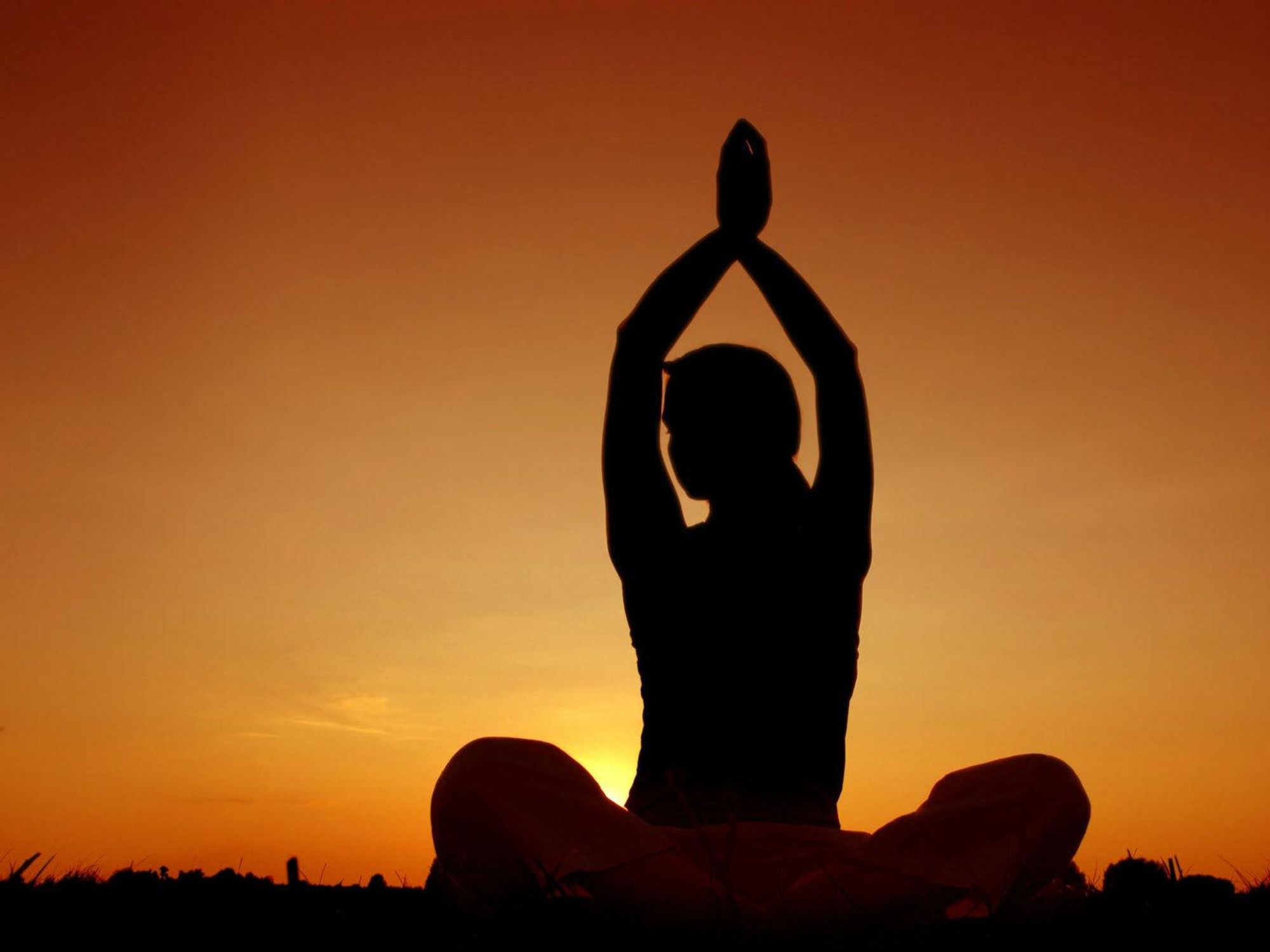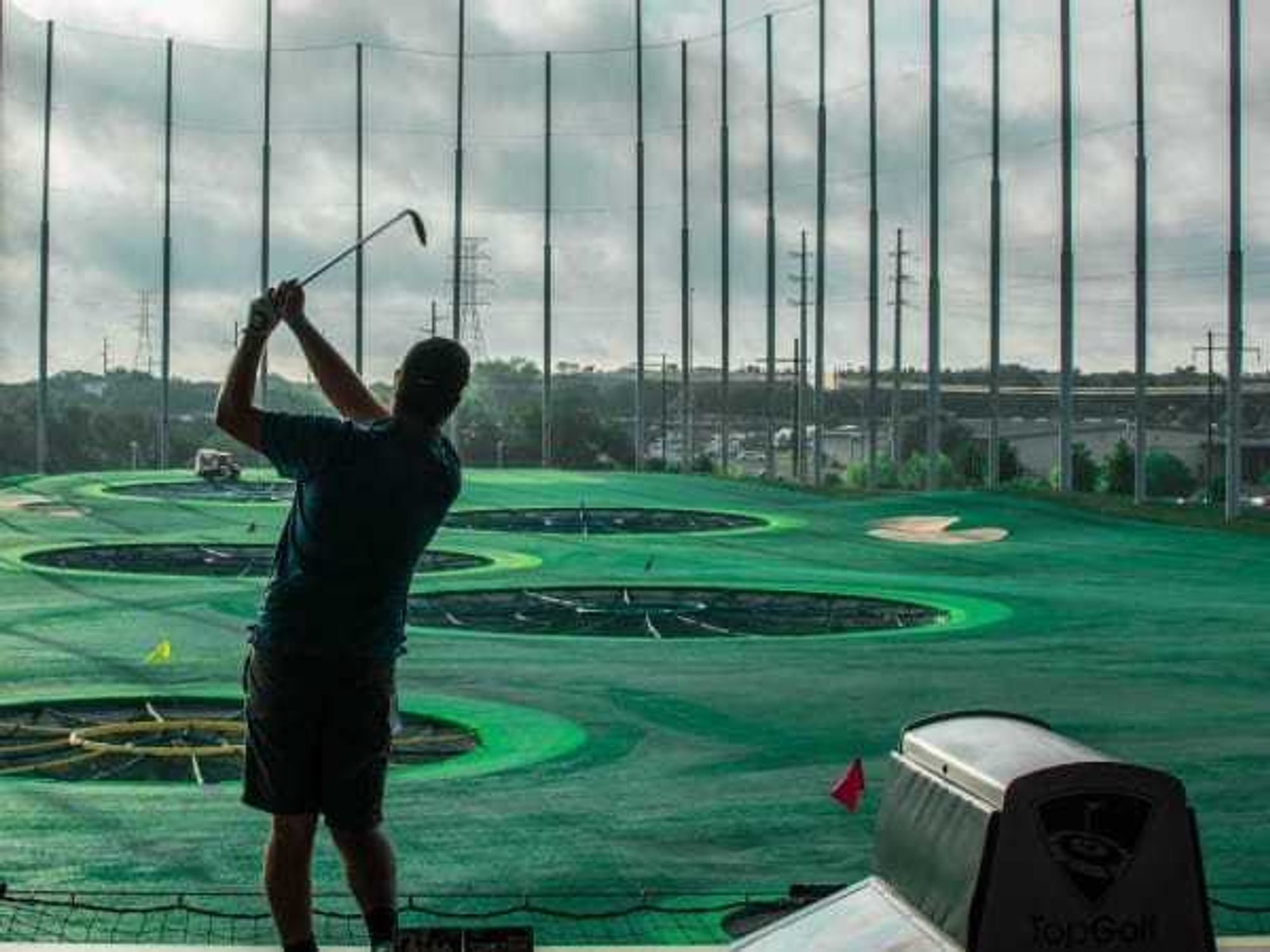Hot Yoga
Bikram v. heated Vinyasa yoga: Just what is the difference?

Editor's note: Each month, CultureMap features an exclusive story from Austin Fit Magazine.
As Austin is one of the healthiest cities in America, yoga studios abound, offering a variety of classes. But just what is the difference between heated Vinyasa and Bikram yoga? This month, the magazine tackles that very question. For more, pick up the November issue on newsstands now.
Often when I tell new students, friends or simply people met in passing that I teach heated Vinyasa yoga, the first response is, “Oh, I don’t do that 105-degree hot yoga.” The second response, usually, is, “I didn’t know there were other types of heated yoga.”
“Vinyasa” is a Sanskrit word that has several different meanings and may be deciphered by its Sanskritic roots. “Nyasa” denotes "to place," and “vi” means "in a special way.”
Heated Vinyasa and Bikram yoga are both Hatha-based practices; in Hatha yoga, Pradipika Swatmarama introduced his system as a preparatory stage for physical purification that the body practices for higher meditation or yoga. All Hatha yoga is based on asanas (postures) and pranayama (breathing techniques); however, there are several differences between heated Vinyasa and Bikram yoga.
Heated Vinyasa
“Vinyasa” is a Sanskrit word that has several different meanings and may be deciphered by its Sanskritic roots. “Nyasa” denotes "to place," and “vi” means "in a special way.” Some of the most common definitions for Vinyasa include (but are not limited to) "linking breath with movement."
Generally, Vinyasa is used as a noun to describe the sequence of poses that are performed between Adho Mukha Svanasanas (downward facing dog) as part of a Surya Namaskara (sun salutation) sequence; however, this is more correctly termed “half vinyasa,” since vinyasa returns to complete standing asana, or positions.
Finally, most, if not all, Vinyasa classes contain some variation of a sun salutation (Surya Namaskar), whether it’s simply for warming up in the beginning or flowing from one pose to another. Heated Vinyasa yoga is ideally practiced in a room heated to approximately 78 to 95 degrees Fahrenheit, depending on the studio.
You can expect a flowing class that contains Pranayama, sometimes music and a variety of different poses that range from novice level to advanced. All Vinyasa classes vary in intensity and pace, but, overall, when practicing Vinyasa yoga, movement and breath should always be simultaneous.
Bikram yoga
Bikram yoga, on the other hand, is a set sequence of yoga asanas that Bikram Choudhury generated by using traditional Hatha yoga asanas. Bikram yoga classes run for 90 minutes and consist of the same series of 26 postures and two breathing exercises. Bikram yoga is practiced in a room heated to 105 degrees Farenheit (approximately 40.6 degrees Celsius), with a humidity of 40 percent. You can expect the exact same 90-minute class each time you attend.
There are several different varieties of yoga out there, so do not hesitate to try them all, find out which ones resonate with you the most, and embrace them. Yoga is a very special and sacred practice; be sure to share it with everyone you know and make the world a better place.
Namaste.
